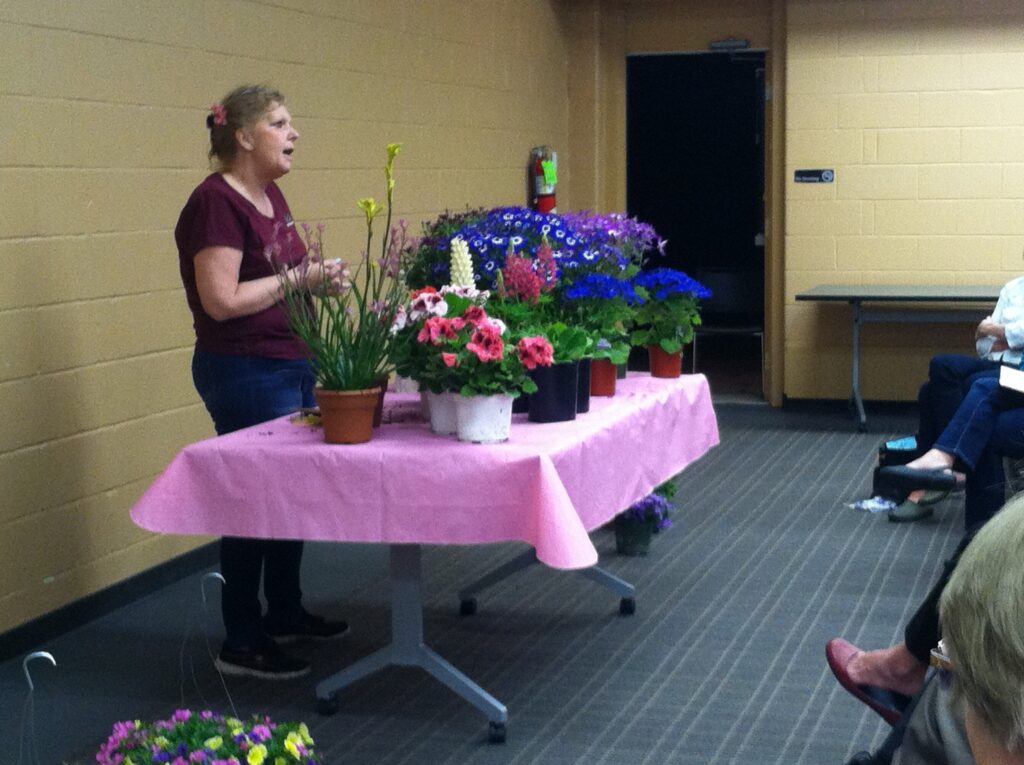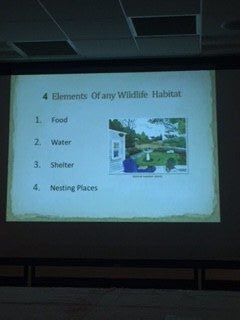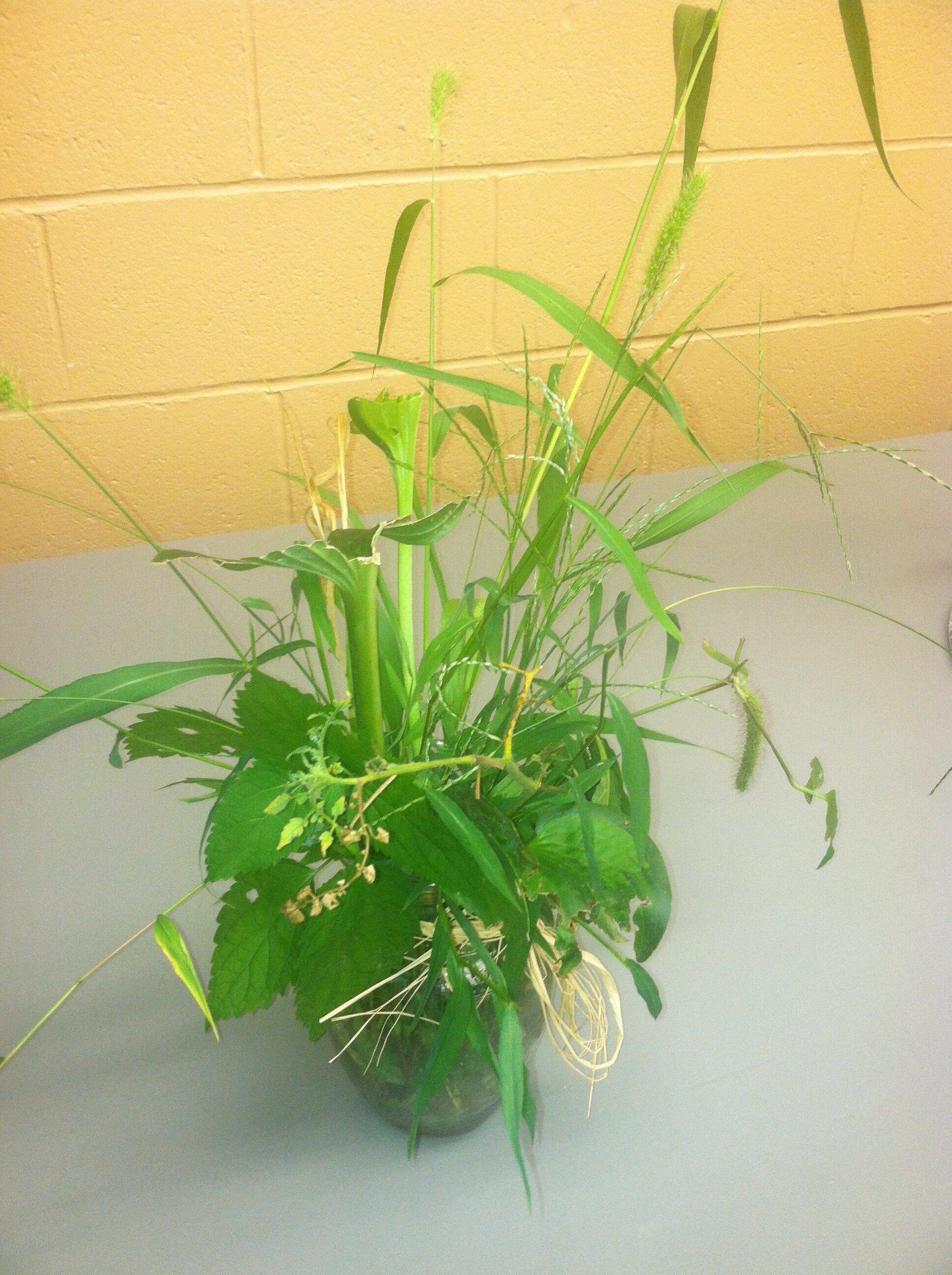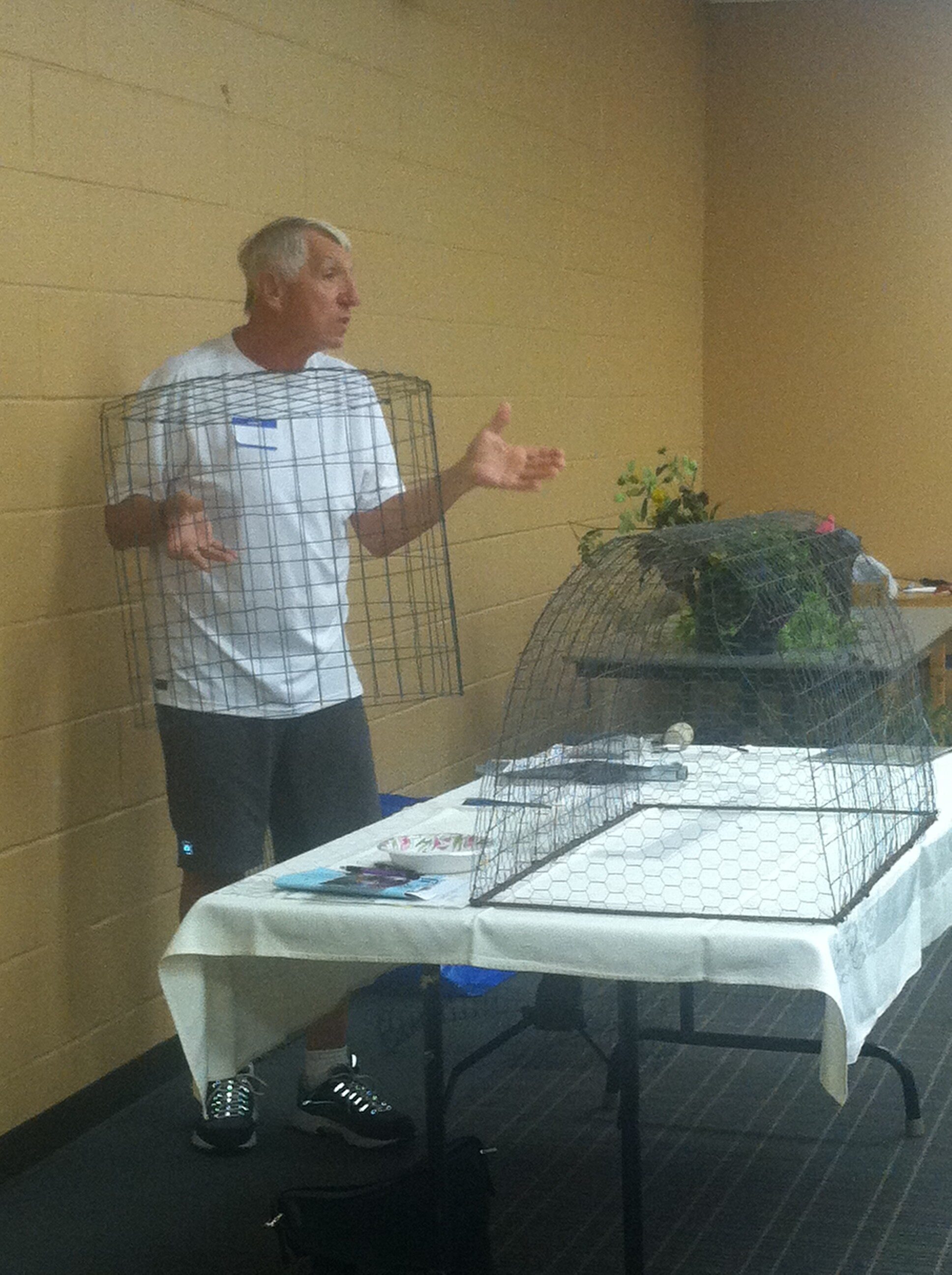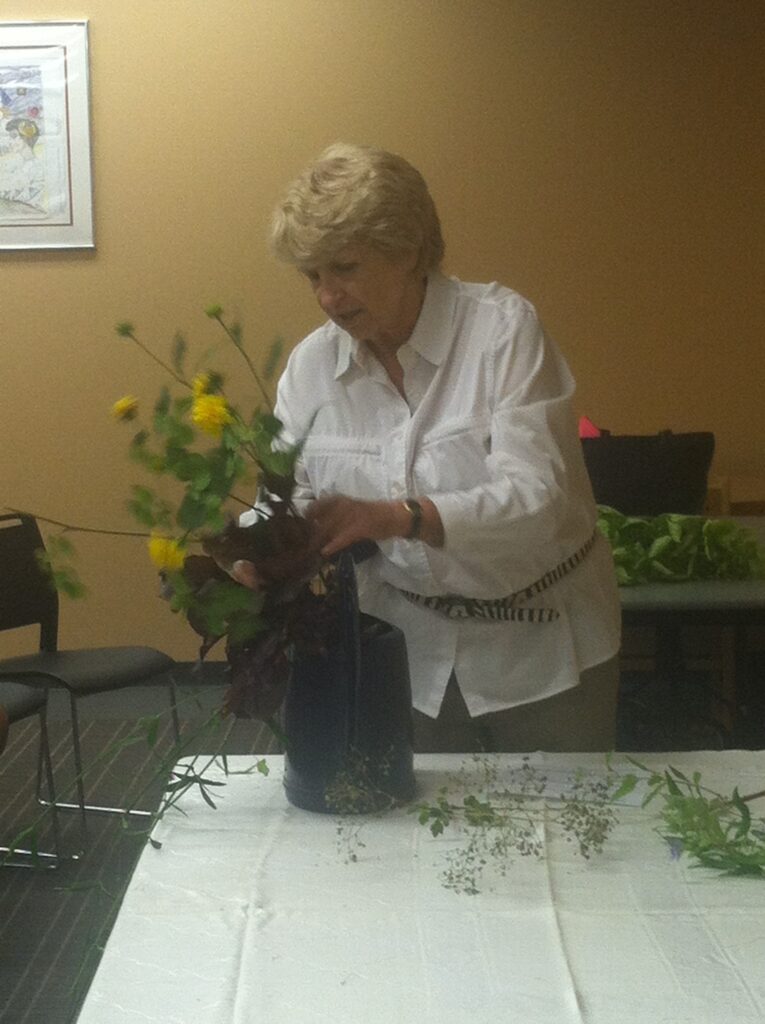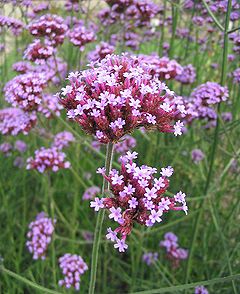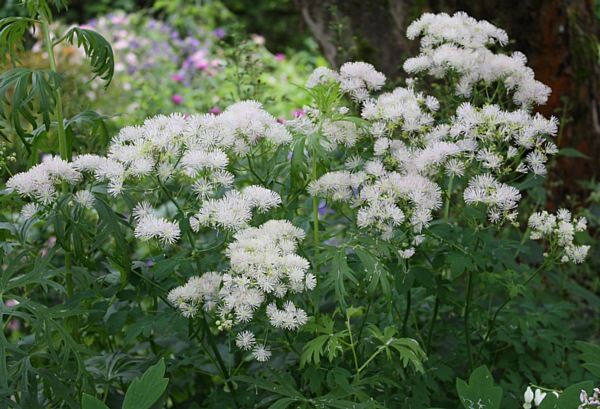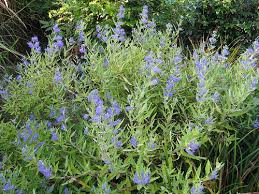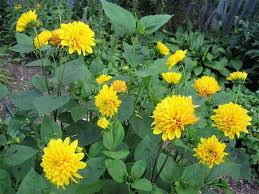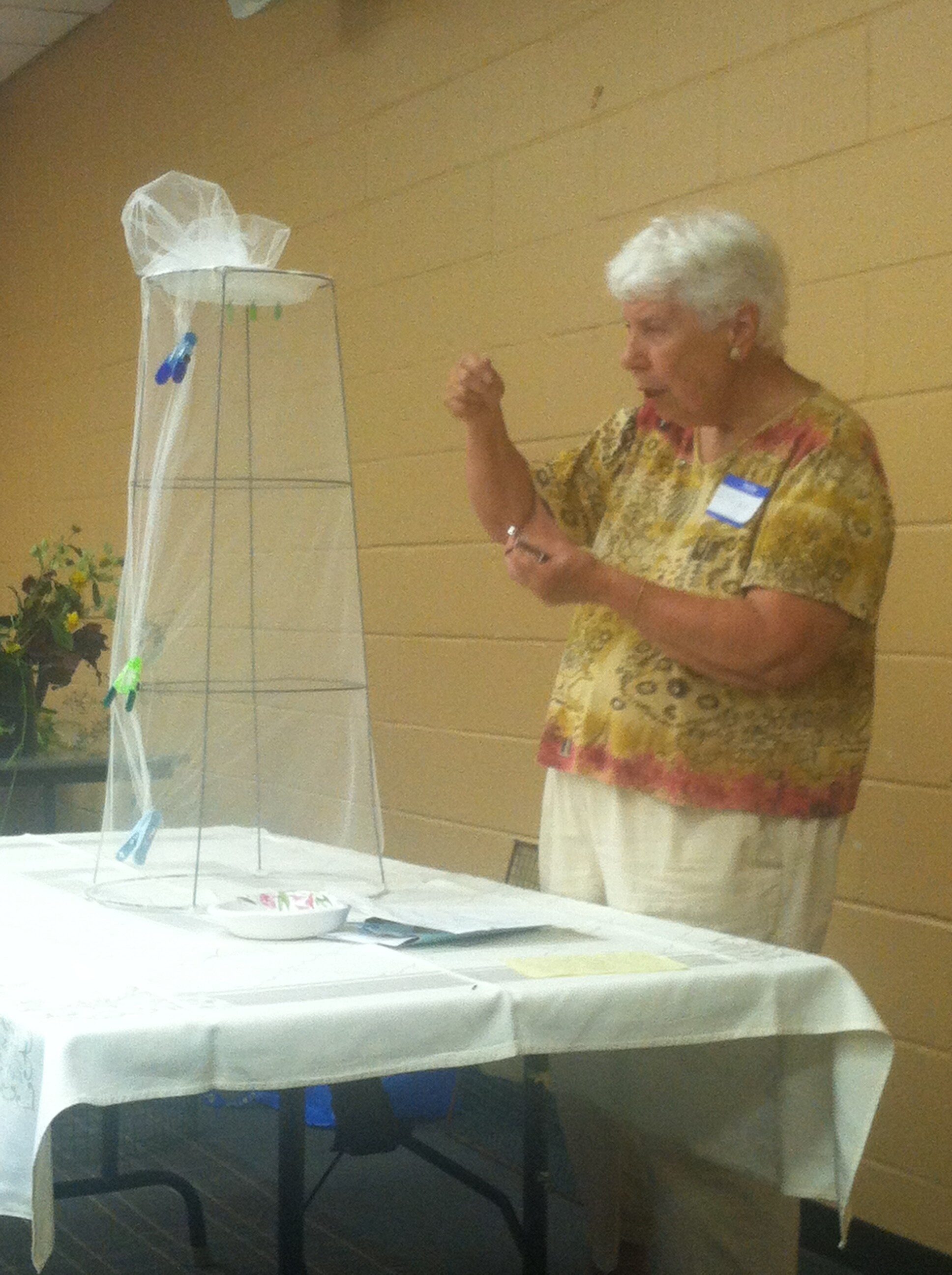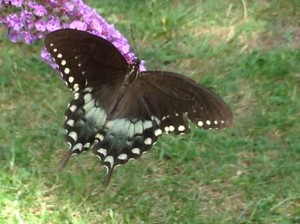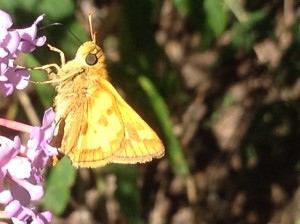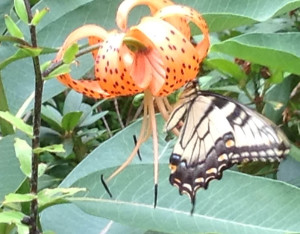Annuals and Herbs at Goffle Brook Farm
Donna Dorsey, co-owner of Goffle Brook Farm in Ridgewood presented “What’s Hot in Gardening This Year” at the WAGC monthly meeting on April 12. The meeting took place in the Monroe Room at the Wyckoff Public Library.
Donna offered information about new annuals of brilliant blues, yellows, and pinks and old favorites that are perfect for planters and hanging pots to add a variety of colors to your garden throughout the spring and summer months. She also emphasized the importance of using quality plant food and potting soil mix in your planters and gardens. Many of the varieties presented are deer-resistant.
Check out all the plants and herbs at this great “boutique” – Goffle Brook Farm & Garden Center, 425 Goffle Road, Ridgewood. Donna and her staff are always available to answer your gardening questions. www.gofflebrookfarms.com (2017)
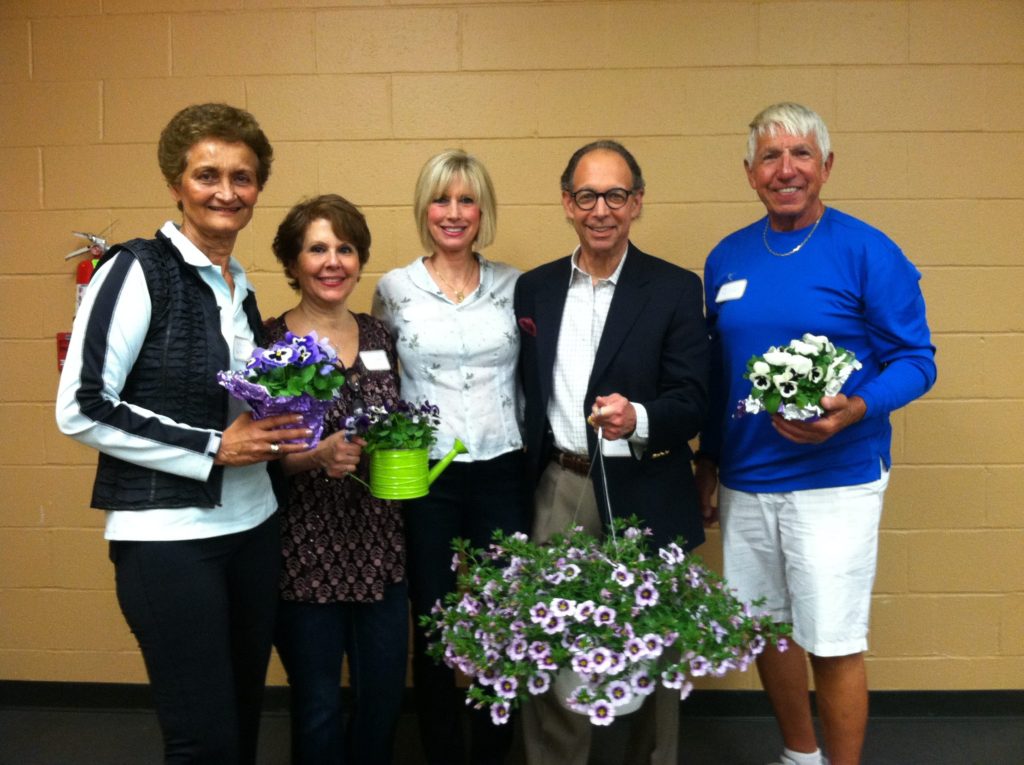
Don Torino Presents Creating a Wildlife Garden in Your Backyard
Don Torino, President of the Bergen County Audubon Society presented “Creating a Wildlife Garden in Your Backyard” to a joint meeting of the Wyckoff Area and Oakland garden clubs on Wednesday, March 8. To get certified, go to www.bergencountyaudubon.org to download and print an application. To learn about what to plants attract birds, go to www.audubon/plantsforbirds. (2017)
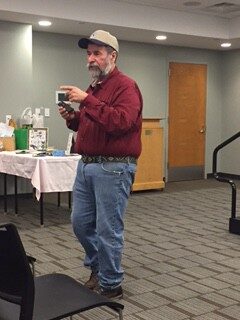

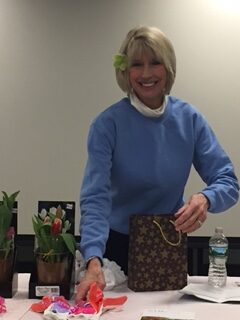
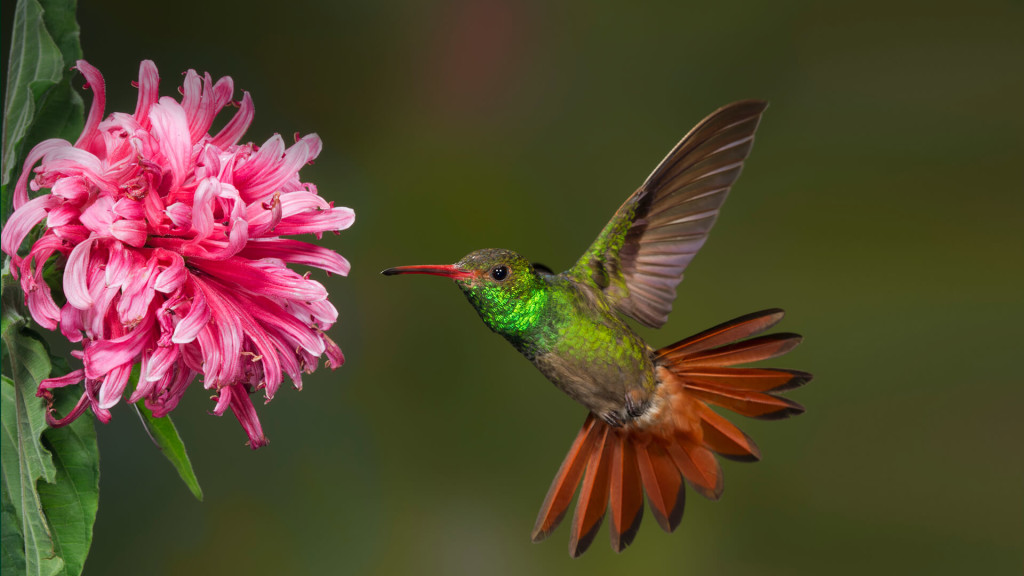
“The Good, The Bad, and The Ugly:
Adventures and Misadventures in Our Gardens”
On September 14, several WAGC member presented their summer gardening tips including: how to build varmint-free garden cages – that are not only functional but aesthetically pleasing in the garden, weeds that took over, hostas that succumbed to the ever-hungry deer, and breeding monarch butterflies. Let’s start with “the bad and the ugly.”
What first might appear to be a nice arrangement of “greens” is actually Deb Fisk’s sampling of weeds and lunch for the deer. Fortunately, this photo does not represent Deb’s lovely garden! (2016)
Paul Sisko brought several of his garden cages and demonstrated how to make them. If you are not feeling industrious or don’t have the time, Paul suggested purchasing store bought garden cages, which work nicely and look great in your garden.
Verbena bonariensis starts blooming here in early August. Usually one, tall, thin stalk that doesn’t need staking; but still a great “dancer.”
Thalictrum aquilegiifolium named because leaves resemble Columbine. Blooms mid-July to early August. Lovely, delicate and another good “dancer.”
Caryopteris X clandonensis ‘Worcester Gold’ chartreuse leaves have waterfall effect. Covered in bees when in bloom mid-August on. Personal experience NOTE: prune hard each spring. Without pruning the shrub will grow woody and untidy and lose flowering capabilities.
Helianthus x multiflorus “Flore-Pleno” starts blooming late August. Tall (4-6 ft.) with mum like blooms from top to bottom like a bush. Several varieties but love this one and don’t care which it is; images seem to show they’re all great.
Wanted for a few years now because of the deep maroon leaves. I’m not good with seeds but these were encapsulated and easy to sow. I will do again and give more thought to using in bigger clumps as a terrific, cheap ornamental.
Source: Missouri Botanical Garden’s website: www.mobot.org is my go-to for plant finder and information.
Joan Rottkamp brought one of her butterfly breeding cages and spoke about the importance of cultivating milkweed in your garden to attract caterpillars. Joan is a member of the Butterfly Association of NJ and regularly breeds monarch butterflies in her own backyard. Several species are found in Joan’s yard, and yours, too, if you look for them!
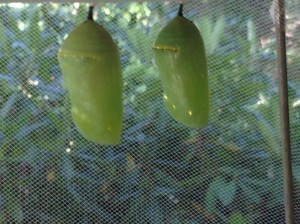
Garden Tips from Janet Schulz
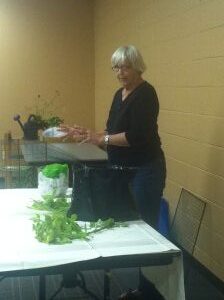
When planting spring bulbs you can plant like a lasagne effect: a deep hole, a handful of fertilizer, a few daffodils Cover the daffodills and plant a few tulips in the same hole. Cover the tulips and then plant a few (10 or 15 minor bulbs; crocus, muscarri or chinadoxia). Cover and in spring you will have a blooming bouquet. When making cuttings remember to reduce the leaf area so the remaining plant stem can replenish an adequate amount of water, being it has no roots. When storing cannas, wait till frost; cut off the tops, dig the tubers and store in an open cardboard box in the basement till next spring.
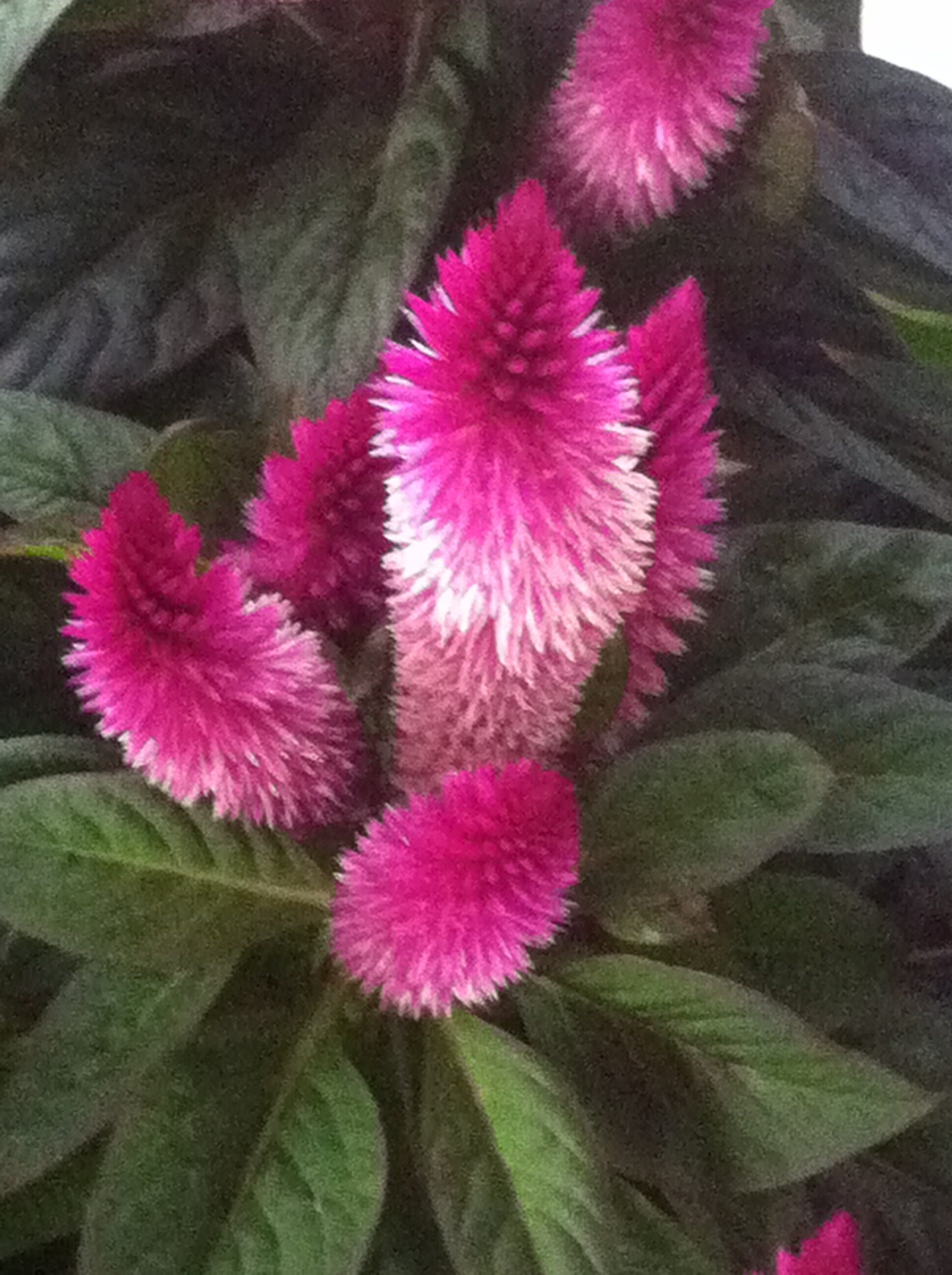
A potted celosia graced the refreshments table. This lovely annual was purchased at Goffle Brook Farms on Goffle Road in Ridgewood. www.gofflebrookfarms.com
Tom Bender, plant curator at Thielke Arboretum in Glen Rock presented Houseplants Post Holiday. Attendees learned how to maintain holiday-time houseplants through the chilly months and beyond! (January 2016)
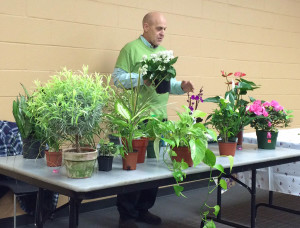
keeping them looking great all winter!
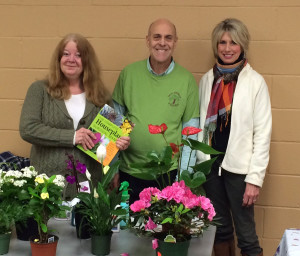
Recommended reading: The Complete Houseplant Survival Manual by Barbara Pleasant available at: http://www.amazon.com
The Good, The Bad, and the Ugly:
Adventures and Misadventures in Our Gardens
The WAGC kicked off their September 2015 meeting, with President Eileen Avia introducing new members followed by a Show & Tell from a few of its members. A drawing for a beautiful purple aster potted plant from Waldwick Gardens was won by Melanie Long.
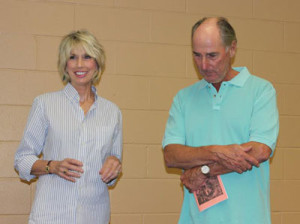
Bob Ditton, husband of the late WAGC member Sally Ditton, spoke about Sally and her love of gardening and her love of the WAGC. Before she passed, Sally added her name to labels and adhered them to the inside covers all her gardening books. Bob said Sally wanted to share her gardening library with the WAGC and also the HoHo-Kus Garden Club, and on this September meeting night, Bob brought a plethora of Sally’s books to pass along to its members. It was a touching tribute to Sally and everyone left with a little piece of her passion for gardening.
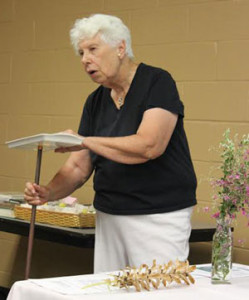
Joan Rottkamp presented “Butterflies” in my Garden.” Joan is also a member of the North American Butterfly Association and shared her wealth of knowledge about the life of the Monarch butterfly and how she helps butterflies thrive in her garden.
WAGC Members share their “Good, Bad, and Ugly” summer garden stories
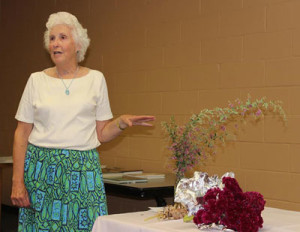
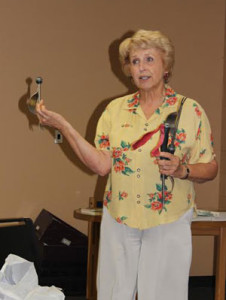

Refreshments were provided by this month’s hostesses: Jackie Fitzmaurice, Joan Rottkamp, Janet Schulz, Connie Hagy, and Deb Lovitt.
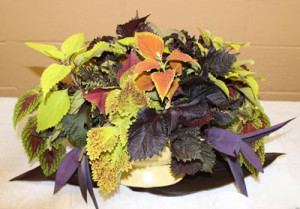
WAGC’s Meeting with NY-NJ Trail Conference
Jennifer and Linda of the New York-New Jersey Trail Conference spoke at the Wyckoff Area Garden Club’s September 11th meeting. The history of the Trail Conference dates back to 1920 and it presently maintains more than 2,000 miles of public trails converging with 80 parks in our NY / NJ area. The work is primarily done through the donation of time from over 1,500 people who volunteer approximately 70,000 hours a year. In addition, the Trail Conference monitors invasive plants that have the potential to take over these preserved lands. (2013)

